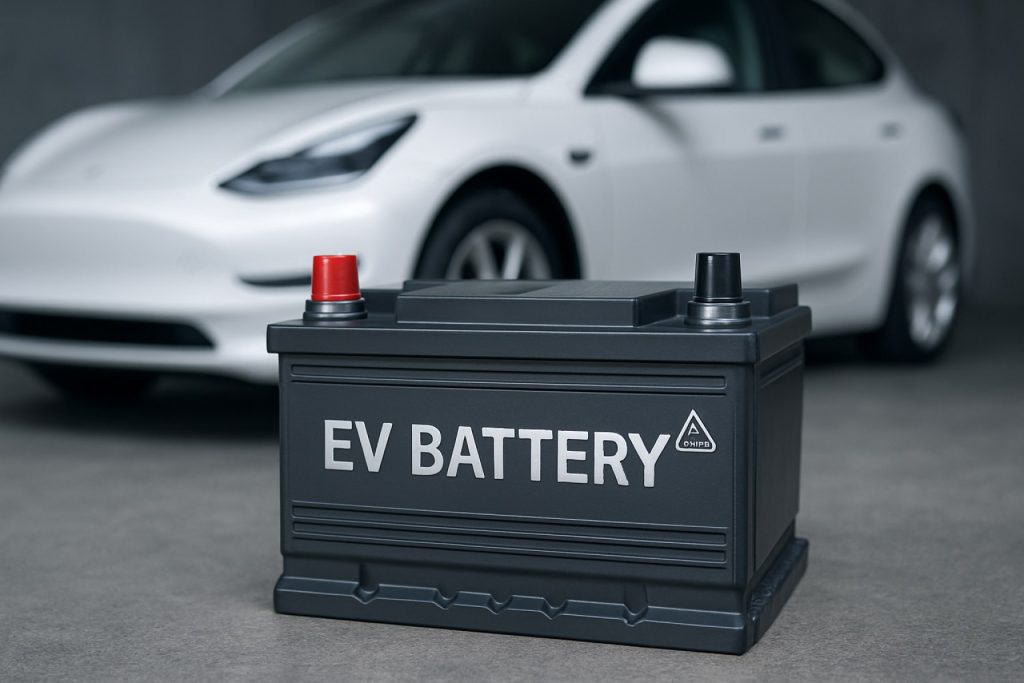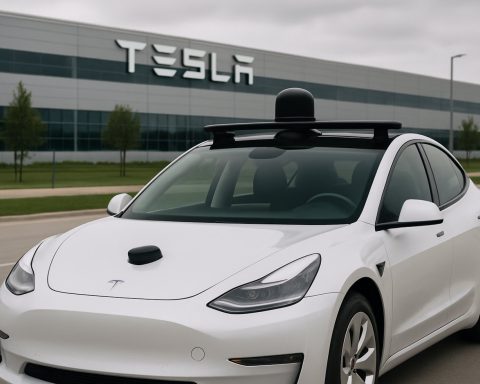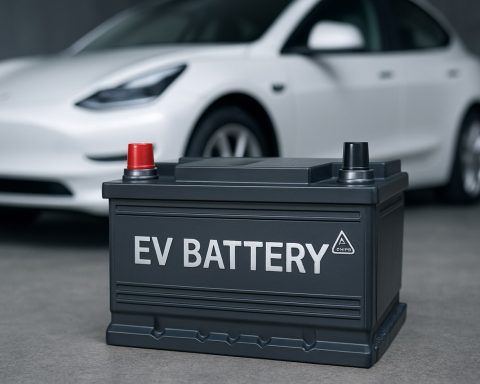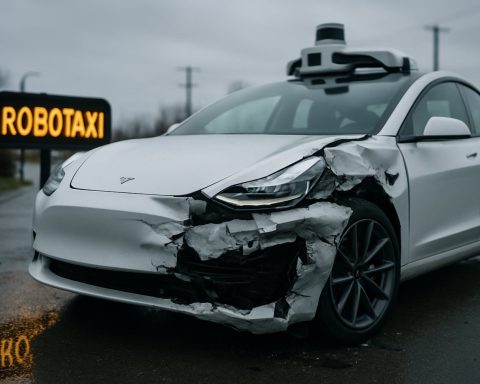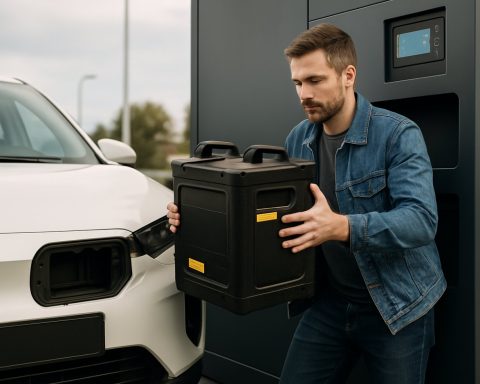Tesla Faces Scrutiny for Blocking Public Records on Austin Robotaxi Launch—Will the June Debut Happen?
Tesla tries to shield robotaxi rollout secrets as city and rival Waymo heat up in Austin. Here’s what’s at stake and what happens next.
- June 12, 2025: Targeted launch for Tesla’s Austin robotaxi fleet
- 10-20 Model Ys: Planned starter vehicles for the unsupervised self-driving service
- $100 Billion: Value lost by Tesla since early 2025
- 2+ federal probes: Ongoing investigations into Tesla’s Full Self-Driving system
Has Tesla gone too far blocking journalists from learning about its high-stakes robotaxi plans in Austin? As June’s alleged launch date nears, local officials, major rivals, and everyday Austinites are demanding answers.
The all-electric automaker, often in the headlines for its ambitions and controversies, is in the hot seat again. Its push to debut a fully unsupervised robotaxi service has been met with both local enthusiasm and concern—especially now that public records about the rollout are reportedly being shielded.
Why Did Tesla Block Austin’s Public Records?
Tesla reportedly filed a legal objection this spring to prevent city officials from releasing records related to the company’s robotaxi project. Lawyers argued that handing over these documents would expose the company’s secretive deployment strategies and give competitors—from homegrown giants like Waymo to international players—an unfair edge.
Austin’s public info office confirmed that third parties requested to keep the records confidential, citing privacy and property interests. In accordance with Texas law, the city then sought an official opinion from the Texas Attorney General. City legal experts stayed neutral on the records’ content but acknowledged their duty to escalate cases where proprietary data could be at risk.
How Will Austin’s Robotaxis Actually Work?
June 12, 2025 is rumored as Tesla’s inaugural date for its self-driving service in Austin, pending final approvals. The first wave could include a modest number of Model Y vehicles—all operating under Tesla’s increasingly controversial Full Self-Driving (FSD) platform. According to CEO Elon Musk, the launch will focus on safety, close monitoring, and gradual expansion.
By contrast, Alphabet-owned Waymo has already started running self-driving taxis in Austin, giving the city a taste of what life with robot cars looks like—without quite as much secrecy. For more details on advances in self-driving vehicles, check out Tesla and National Highway Traffic Safety Administration websites.
Is Tesla’s FSD Tech Ready for the Spotlight?
Despite explosive growth in AI and automation, Tesla’s FSD software is currently under heavy scrutiny by federal regulators. The NHTSA continues to investigate after widely publicized incidents—like an unmanned Cybertruck crashing into a pole. Critics are asking if the city is prepared for fully autonomous vehicles sharing Austin’s busy roads, especially with rival Waymo already setting standards nearby.
Tesla’s response? Keep internal deployment plans locked tight, at least until the launch dust settles.
What’s Next for Tesla and Austin’s Smart Transportation?
The stakes have never been higher. Tesla’s stock has plummeted by over $100 billion since reports of political fallout and looming subsidy threats surfaced this year. Analysts say the company’s future—and its hold on autonomous driving leadership—now hinge on a successful robotaxi rollout.
As regulators, journalists, and the public push for transparency, much rides on the outcome of the Texas Attorney General’s opinion and Tesla’s next move.
Stay ahead of the future—here’s your checklist for what comes next:
- Watch for official statements from Tesla and the Texas Attorney General.
- Follow updates from local Austin officials and Reuters for legal developments.
- Compare tech and safety between Tesla and Waymo robotaxi fleets in Austin.
- Stay informed about NHTSA investigations into autonomous driving systems.
Don’t get left in the dark as robotaxis hit the road! Bookmark this story, subscribe for live updates, and share your thoughts on the future of urban transportation below.

